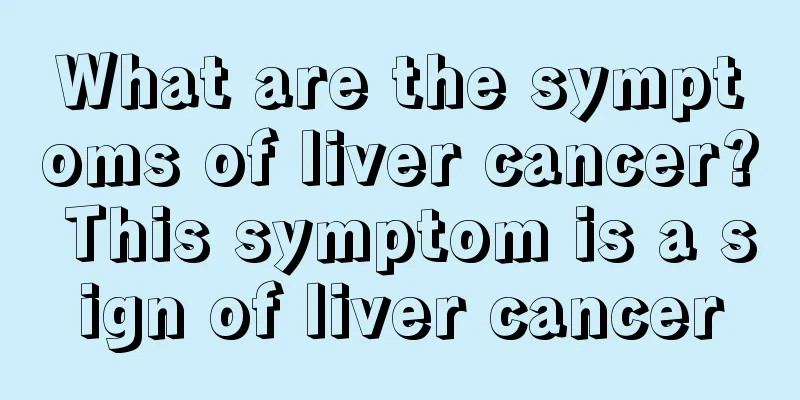Hypertensive cerebral hemorrhage

|
Hypertensive cerebral hemorrhage is a serious disease. Clinically, this disease occurs when long-term hypertension or cerebral arteriosclerosis causes pathological changes in the small arteries in the brain, leading to rupture and bleeding. And because among the different causes of non-traumatic cerebral hemorrhage, the incidence of hypertension accounts for about 60%, and it is the most serious type of hypertension, so, what should be done about hypertensive cerebral hemorrhage? What exactly are the treatments for hypertensive cerebral hemorrhage? Generally speaking, in clinical practice, surgical treatment is also one of the effective treatment measures after hypertensive cerebral hemorrhage occurs. However, such treatment should only be effective when non-surgical treatment fails and the bleeding has not yet caused primary or secondary fatal damage. The purpose of surgical treatment is to eliminate hematoma, reduce intracranial pressure, relieve the occurrence and development of brain herniation, improve cerebral circulation, and promote early recovery of compressed brain tissue. The treatment of hypertensive cerebral hemorrhage is selective. If the bleeding is minor, internal medicine treatment can be used. When the hematoma is large, such as when the volume of hematoma in the external capsule or internal capsule area reaches more than 20 ml, timely craniotomy or stereotactic brain surgery to remove the hematoma often helps to relieve brain pressure and promote recovery. Stereotactic brain hematoma aspiration surgery has precise positioning and small surgical damage, and is especially suitable for removing hematomas deep in the brain or in important functional areas. The onset is extremely acute, and the condition tends to worsen in a short period of time. If the patient is already in a coma or decerebrate rigidity state, surgical treatment is sometimes difficult to achieve results. There are usually no warning signs before bleeding. 50% of patients experience severe headaches and vomiting is common. Blood pressure rises significantly after bleeding. Clinical symptoms often reach a peak within minutes to hours. Clinical symptoms and signs vary depending on the site and amount of bleeding. Mild hemiplegia caused by bleeding in the basal ganglia, thalamus and internal capsule is a common early symptom. About 10% of cases experience epileptic seizures, which are often focal. Severe cases quickly turn into confusion or coma. If we suffer from a disease like hypertensive cerebral hemorrhage, our body will suffer great torture. Therefore, once we find the occurrence of hypertensive cerebral hemorrhage, we should go to the nearest regular hospital for treatment of the disease in time to ensure that the disease is controlled in the early stage and the hypertensive cerebral hemorrhage can be cured as soon as possible. |
<<: Symptoms and treatments of hypertension
>>: Hyperlipidemia examination and treatment methods
Recommend
Does leg stretching help you grow taller?
For children, if you want them to grow fast and d...
Will gastritis make the whole stomach hurt?
Gastritis is a great harm to people's bodies,...
What are the treatments for lung cancer? The most effective treatments for lung cancer
The treatment of lung cancer needs to be based on...
How to care for aging skin
Of course, when caring for aging skin, we should ...
Can fetal movement tell whether it's a boy or a girl?
After becoming pregnant, most women want to know ...
What are the early symptoms of laryngeal cancer
What are the early symptoms of laryngeal cancer? ...
A big hard lump on my face
Both male and female friends want smooth and deli...
How long can you live after surgery for mid-term liver cancer
How long can you live after surgery for mid-stage...
What are the two main causes of colon cancer?
What are the two main causes of colorectal cancer...
How long does it take to gain weight after taking hormones
Hormone drugs are a type of drug that is widely u...
What causes bleeding dental tartar?
Dental health has become a topic of concern among...
How effective is drug treatment for pituitary tumors
Pituitary tumor is a very common brain tumor. Onc...
What are the symptoms of advanced bladder cancer
Bladder cancer is very harmful to the patient'...
What are the methods of using refractory clay?
Refractory mud is actually a kind of aluminate ce...
Soreness inside calf
The human leg is composed of the thigh and calf, ...









